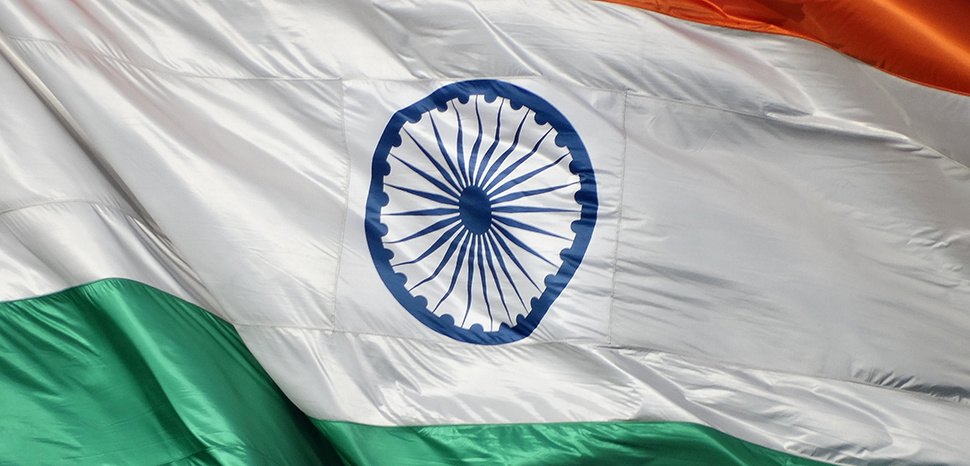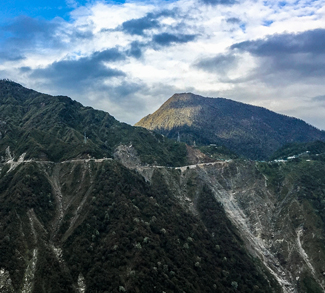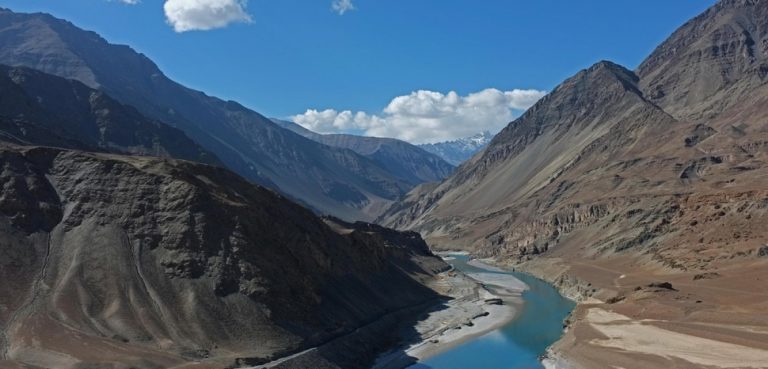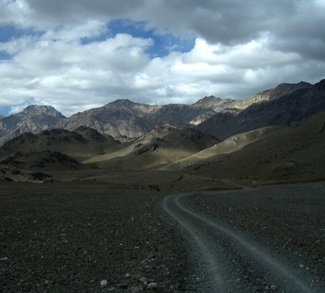The ethnic clashes in Manipur, a northeastern state in India, stem from a deeply embedded historical conflict between the Meitei community, who primarily inhabit the Imphal Valley, and the hill tribes, mainly the Kukis and Nagas. The violence was sparked by a tribal solidarity march against the Meitei community’s demand for Scheduled Tribe (ST) status, a move that could radically alter the distribution of political power in the state.
The ethnic tension and violence in Manipur pose a considerable challenge to Prime Minister Narendra Modi’s administration, testing its ability to navigate complex historical and ethnic dynamics while maintaining national integrity. Exacerbating this conflict is a confluence of unique geography, endemic communal violence, and transnational concerns that will likely impact India’s relationship with neighboring Myanmar.
Historical and religious context of violence in Manipur
The conflict in Manipur is firmly rooted in the region’s historical, cultural, and religious milieu. Manipur is a multi-cultural hub with diverse ethnicities, each zealously safeguarding its cultural heritage, land, and rights. Predominantly, Meiteis are Hindus, while Kukis and Nagas are Christians. This religious schism often mirrors the ethnic divide, thus deepening inter-community rivalry. Recent attacks on places of worship highlight the sectarian aspect of this conflict.
The historical roots of violence in Manipur can be traced back to the colonial era when the British classified the populace into ‘Hills’ and ‘Valley,’ each governed by different laws. This classification furthered the sense of distinction between the Meiteis, who primarily inhabited the valley region, and the tribal communities residing in the hills, such as the Nagas and the Kukis. After India’s independence, this distinction was reflected in the form of a political structure that granted Scheduled Tribe (ST) status to the hill tribes but not to the Meiteis. This status confers certain benefits, including reservation in government jobs and educational institutions, a critical source of contention between the groups.
The Meiteis’ demand for ST status threatens to disrupt the economic benefits the other groups have enjoyed and risks changing the political landscape. ST status could shift political power and influence towards the Meiteis due to the sheer size of their community, which makes up over half of Manipur’s population. This power redistribution could potentially disenfranchise the Kukis and the Nagas, stoking further ethnic tensions.
Comparatively, this contentious affirmative action mirrors other instances in India, such as the Patidar agitation in Gujarat and the Maratha protests in Maharashtra, where dominant groups demanded inclusion in reservation policies. However, the situation in Manipur is unique, given its ethnically diverse population and the potential for communal violence to escalate into a protracted armed conflict.
Political implications for New Delhi
At present, Manipur’s state government is led by the BJP. Nevertheless, the central government’s approach could have significant political repercussions, especially in the context of upcoming national elections. Previous instances of ethnic violence in the region reveal the double-edged nature of government interventions, including the possible imposition of Article 356 of the Indian Constitution, which would allow the central government to dismiss Manipur’s government and assert federal control of the state.
The decision to invoke Article 356 carries substantial political risks. For one, it can deepen resentment against the central government if seen as overreaching, thereby exacerbating the very conflict it is meant to resolve. Moreover, given the BJP’s strong electoral interests in the Northeast, the party is wary of inflaming sentiments that could damage its political prospects in the region.
As a result, Modi’s response is likely to be measured and calculated, aimed at deescalating tensions gradually rather than adopting a heavy-handed approach. This will likely involve brokering talks between the rival ethnic groups, reinforcing security measures to maintain law and order, and employing political maneuvers to appease both the Meiteis and the Kukis without appearing to favor one over the other.
The dual threats of insurgency and narcotic trafficking
The conflict in Manipur has considerable implications for neighboring states and beyond. It risks rekindling latent tensions in other parts of Northeast India, a region with diverse ethnic groups, often with overlapping claims to resources. Manipur is also closely tied to broader ethnic tensions that traverse national boundaries. The Kukis in Manipur share ethnic kinship with communities in neighboring Myanmar, a country mired in a complex civil conflict.
Following the military coup in 2021, Myanmar’s army has revved up its counter-insurgency campaigns in the northwest of the country, including the use of airstrikes. As a result, India’s northeastern states are dealing with an influx of refugees fleeing violence in Myanmar. Attitudes toward the recent arrivals are another source of contention in Manipur, with the Meitei community opposed to the housing of refugees from Myanmar, most of whom share cultural ties with the Kuki and Naga communities.
Compounding the insecurity in India’s Northeast is the prevalent and recurring role of narcotics trafficking. Manipur is one of four Indian states bordering Myanmar that serve as crucial transit hubs for trafficking activities. In March, Manipur’s Chief Minister doubled down on an uncompromising anti-drug campaign that featured, among other tactics, the eradication of poppy fields planted in the hill areas inhabited primarily by Kuki communities. Many of India’s northeastern separatist groups rely on revenues from criminal activities, blurring the lines between violence motivated by communal differences and incidents linked to criminal gangs. In this context, Manipur’s connection to the drug trade in Myanmar mirrors the impact that Afghanistan’s heroin production has had on the actions of India’s northwestern separatist groups in Punjab and Kashmir.
Untamed violence in Manipur is likely to resonate across the border, escalating volatile conditions in Myanmar and vice-versa. Consequently, this situation presents a complex geopolitical risk for India: while seeking to quell communal violence within its borders, it also needs to manage the possible spillover effects of escalating ethnic tensions from Myanmar.
Furthermore, the brewing conflict and military deployments in the Northeast paint a troubling security picture for northern India. With the ongoing territorial disputes along the Sino-Indian border and the longstanding conflict in Jammu and Kashmir, unchecked communal violence in the Northeast effectively places India in a position to address both external and internal threats simultaneously. It stretches India’s security apparatus thin, raising concerns about the country’s readiness to effectively handle concurrent security challenges.
The road to resolution
Reorienting India’s counter-insurgency strategy in this context requires a nuanced and multi-pronged approach. Emphasis will need to be placed on addressing the root causes of these conflicts, including historical grievances, socio-economic inequality, and political marginalization. This would involve negotiations and peacebuilding efforts that go beyond kinetic security operations. Additionally, as the situation underscores the need for cooperation with neighboring countries, robust regional diplomacy is likely to be considered as part of the counter-insurgency strategy to manage the potential cross-border impacts of the conflict.




